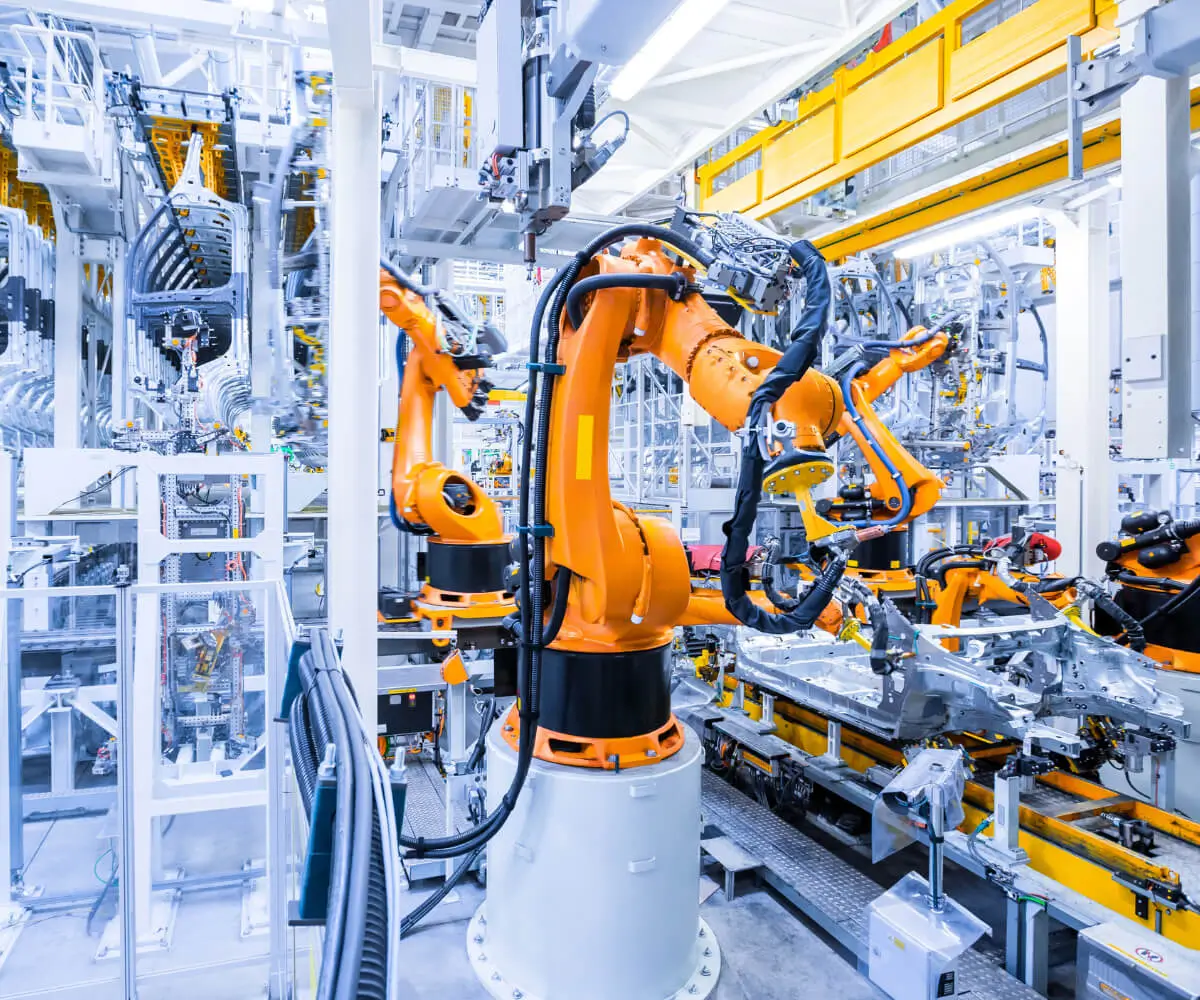What is Meant by Servo Motor?
In the realm of modern automation, robotics, and precise machinery, the term “servo motor” frequently pops up. While it might sound technical or even mysterious at first glance, unraveling what a servo motor truly is reveals a device that operates at the heart of motion control systems, influencing everything from robot arms assembling gadgets to airplanes adjusting their flaps mid-flight.

At its core, a servo motor is a type of rotary actuator capable of precise control of angular or linear position, velocity, and acceleration. Unlike simple motors that spin continuously, servo motors are engineered for controlled movement—achieving specific positions or speeds with exceptional accuracy. That control is what makes servo motors invaluable across various technologies and industries.
Understanding the Basic Concept
Imagine steering a drone or a robotic arm in a manufacturing plant. To carry out delicate tasks, these machines need to move smoothly, stop precisely at the right spot, or follow complex paths—all of which require fine control. This is where servo motors come into play.
A typical servo motor system consists of three core components:
The motor itself—usually a small electric motor. A feedback device—commonly a potentiometer, encoder, or resolver—monitoring the motor’s position. A control circuit—which compares desired position with actual position and adjusts the power supplied accordingly.
This feedback loop allows the servo to constantly correct and maintain its position or speed accurately, a principle often summarized as ‘closed-loop control’. When the system receives a command, the servo motor responds accordingly, reaching and maintaining the specified location or speed.
How Does a Servo Motor Work?
The working principle of a servo motor hinges on this closed-loop control system. When an external command is received—say, rotating a robotic arm to a specific angle—the controller sets a target position. The feedback device measures the current position of the motor shaft, and this information is relayed back to the controller.
The controller then compares the actual position with the desired one. If there’s a discrepancy, it sends signals to the motor to move in a way that minimizes this difference. Over time, the motor adjusts until the position feedback matches the command, effectively achieving highly precise movement.
Types of Servo Motors
Not all servo motors are created equal; the technology varies based on design and application needs. Broadly, they fall into two main categories: AC servo motors and DC servo motors.
AC Servo Motors: Most commonly used in industrial applications, these motors operate on alternating current. They are known for their robustness, high efficiency, and ability to deliver high torque at various speeds.
DC Servo Motors: Powered by direct current, these are often simpler in design and are widely used in small-scale robotics, hobbyist projects, or where precise control is needed at lower power levels.
Within these categories, further distinctions exist based on the type of feedback device:
Position servos (angle control): Common in robotics and RC vehicles, where precise angle positioning matters. Speed servos: Focused on controlling velocity rather than position. Continuous rotation servos: Capable of rotating endlessly in either direction, used in applications like wheels or conveyor belts.
Here’s how a typical servo motor setup might look:
Imagine a small robot arm tasked with picking up objects and moving them around. The servo motor in each joint responds to commands from the robot’s control system. When the operator or automation program instructs the arm to move to a specific position, the corresponding servo motor receives this command, activates, and then uses its feedback system to fine-tune its movement until it reaches the precise angle. This allows for smooth, coordinated, and accurate movements essential to complex tasks.
The Importance of Precise Control
The standout feature of servo motors is their ability to achieve and maintain precise control of position, speed, and torque. This precision is critical in scenarios where even a slight deviation can cause failure or damage.
In industrial robots, for instance, a servo motor can position an arm to within fractions of a degree. In camera gimbals, they stabilize movements, providing smooth footage even when the device or user moves unexpectedly. In aerospace, servo motors adjust control surfaces, enabling quick and exact responses to pilot commands or automatic stabilization systems.
Advantages of Using Servo Motors:
High accuracy and precision Fast response times Energy efficiency—they only draw power when moving or holding a position Durability and reliability in demanding environments Compact size relative to the power they deliver
The Future of Servo Motors
With the rapid development of robotics, autonomous vehicles, and smart manufacturing, servo motors are evolving too. Advances in electronics, materials, and control algorithms mean these devices are becoming more compact, more efficient, and smarter.
For example, integrating sensors and AI-like algorithms could allow servo motors to anticipate movements or optimize their energy use dynamically. Industries are also exploring wireless sensor integration and remote diagnostics, making maintenance and upgrades easier than ever.
In essence, the phrase “what is meant by servo motor” is not just about understanding a motor but unlocking the marvels of automation and precise control that shape our future. As technology continues advancing, so will the role of these small, powerful devices—steadily transforming countless aspects of human life, industry, and innovation.
(I'll prepare the second part of the article, focusing on types, applications, and deeper insights into servo motor technology.)
Established in 2005, Kpower has been dedicated to a professional compact motion unit manufacturer, headquartered in Dongguan, Guangdong Province, China.




































